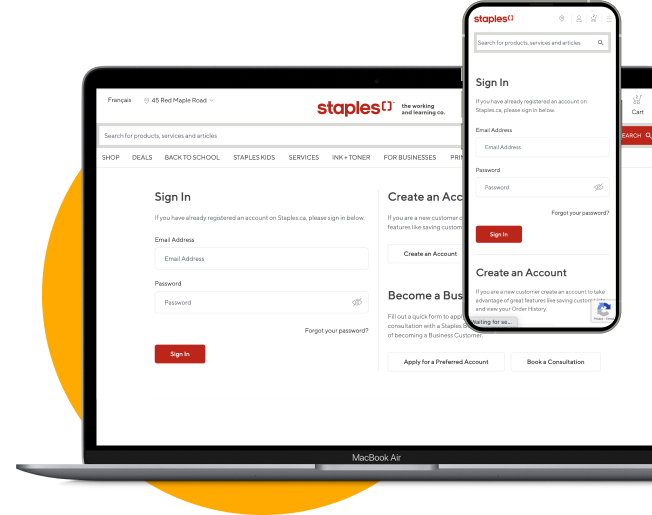Every click, tap, and swipe we make online depends on trust. We share personal information, make purchases, and rely on apps and websites to keep our data safe. However, with fake news spreading rapidly and hackers becoming increasingly sophisticated, many users are losing confidence in the digital tools they use daily.
Building trust through user experience (UX) design is now more important than ever. It’s not just about making things look good or work well. Trust influences every aspect of how users interact with a product, from their initial visit to becoming long-term users. When people feel uncertain about what’s real and what’s safe online, they need clear signals that they can trust the platforms they’re using.
This article will look at how misinformation and cyber threats damage user trust, and what designers and developers can do about it. We’ll explore practical ways to build confidence through smart design choices and strong security practices. When organizations focus on creating trustworthy experiences, they not only protect their users but also build stronger, more loyal relationships with them.
Misinformation
Misinformation is false or misleading information that spreads online, whether on purpose or by accident. It can trick people into believing things that aren’t true. Here’s how it affects user trust:
1. Fast spreading: False information moves quickly through social media and other online channels, making it hard to stop.
2. Mixed messages: Users see so many different versions of the same story that it becomes difficult to know what’s true.
3. Loss of trust: When people encounter fake information, they start doubting all online sources, including legitimate ones.
Cybersecurity Threats
Cybersecurity threats are attacks on computer systems, networks, or personal data. Hackers use these attacks to steal information, make money, or cause damage. Common threats include:
1. Data breaches: Sophisticated cyberattacks target user data, compromising sensitive information such as personal details and financial records.
2. Ransomware attacks: Malicious software encrypts user data, demanding payment for its release, posing a significant threat to individuals and organizations.
3. Phishing scams: Fraudulent emails and messages deceive users into disclosing sensitive information, leading to identity theft and financial loss.
4. Identity theft: Cybercriminals steal user identities, using them for fraudulent activities such as opening unauthorized accounts and making unauthorized purchases.
Building Trust Through Design and Security
Here are some strategies for instilling confidence in users through intuitive interface design and robust security measures.
I. Intuitive Interface Design
Building trust starts with making things easy to use. When users feel comfortable and confident using a product, they’re more likely to trust it:
1. Simple and Clear Navigation: Ensure that the interface is easy to navigate with a logical structure, clear labels, and intuitive controls.
2. Consistent Design: Maintain a consistent design language throughout the application to help users predict the functionality and reduce cognitive load.
3. User-Friendly Feedback: Provide immediate, clear feedback for user actions, such as confirmation messages, error notifications, and progress indicators.
4. Accessible Design: Make sure the interface is accessible to all users, including those with disabilities, by following accessibility guidelines and offering customizable options.
5. Transparent Information: Present information about features, data usage, and privacy policies to help users understand how their data is being handled.
II. Robust Security Measures
Users need to know their information is safe. Here are key ways to protect user data and build confidence:
1. Data Encryption: Use strong encryption methods to protect user data both in transit and at rest.
2. Secure Authentication: Implement multi-factor authentication (MFA) to add an extra layer of security beyond just passwords.
3. Regular Updates: Keep software and systems updated to protect against the latest security vulnerabilities and threats.
4. Privacy by Design: Integrate privacy considerations into the design process from the start, ensuring user data is collected and handled securely.
5. Transparent Security Practices: Communicate your security measures and practices clearly to users, enhancing their trust in your platform’s safety.
6. User Education: Provide resources and tips to educate users on recognizing phishing attempts, creating strong passwords, and other cybersecurity best practices.
7. Regular Security Audits: Conduct regular security audits and vulnerability assessments to identify and address potential security risks proactively.
Final Thoughts
Building user trust is essential for fighting misinformation and cyber threats. When companies combine easy-to-use design with strong security, they create experiences that users can rely on. Simple navigation, clear feedback, and protecting user data are the building blocks of trustworthy digital products.
When organizations focus on trust-centered design, they don’t just keep users safe—they also create loyal customers who will stick around for the long term. In a world where trust is hard to earn and easy to lose, getting this right is what separates successful digital products from the rest.



















